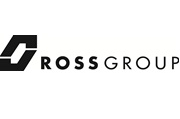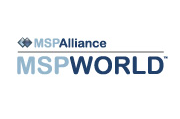Microsoft SPLA or Microsoft Self-Hosted Applications: Which is better?

Microsoft SPLA VS Microsoft Self-Hosted Applications
Many businesses that identify a need to acquire “commercial hosting rights” in connection with hosted solutions incorporating Microsoft software have two options for acquiring them: through a Services Provider License Agreement (SPLA) with Microsoft or through the Self-Hosted Application (SHA) benefit that is included with Software Assurance under an Enterprise Agreement or other volume-licensing agreement. For service providers whose offerings make them eligible to opt for either of those alternatives, it sometimes can be difficult to decide which path to choose. Here are some points to keep in mind:
• Costs Often Favor SPLA SPLA is a subscription model under which companies measure their monthly Microsoft product usage and then report and pay for the kind and quantity of Microsoft product licenses used, typically as an operating expense. Financial considerations often favor SPLA. Usage “floats” from month to month, with no obligation to forecast future usage. In addition, for many common product selections, aggregate costs over the course of a year often are lower under SPLA than they would be under the SHA option. However, SPLA’s advantages often end there.
• Internal Use Limits Internal use of SPLA-licensed Microsoft products is allowed, but in most cases only up to 50% of the total usage for a given product. Under SHA, there is no limit either to internal or external usage, provided that the company acquires the correct kind and quantity of deployment and access licenses. For companies that make heavy use of their own hosted solutions, this consideration may be a deal-breaker.
• SPLA Requires More Mature SAM Processes In order to avoid unexpected licensing exposure under SPLA, companies need to have bulletproof software asset management procedures. Every month, licensees are responsible for accurately determining their product usage – both for processor/core-licensed products and for user-licensed products – and reporting that usage to their SPLA resellers. In addition, having historical usage data available often can be the difference between a zero-exposure audit and receiving wildly inaccurate and expensive, extrapolated audit findings generated in the absence of such data. A company with a poor ability or appetite to undertake that level of organization in its IT department may want to lean toward SHA.
• Reduced Exposure SPLA audits involve a historical review that often results in shortfalls calculated for an audit month being multiplied by the number of months within the scope of the analysis (often 36 months or more, depending on when the company first signed a SPLA and when it was last audited). In addition, SPLA calculations also typically are based on a 25-percent markup over list prices allowed under the terms of the agreement. Furthermore, with volume licensing, if the products in question are licensed under an Enterprise Agreement enrollment with a true-up mechanism, then it may be possible to resolve them with the next true-up, rather than as an unexpected, audit-related expenditure.




